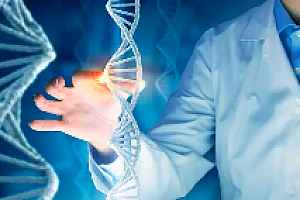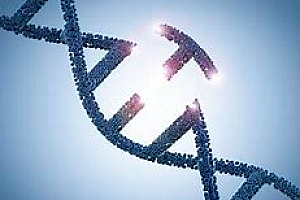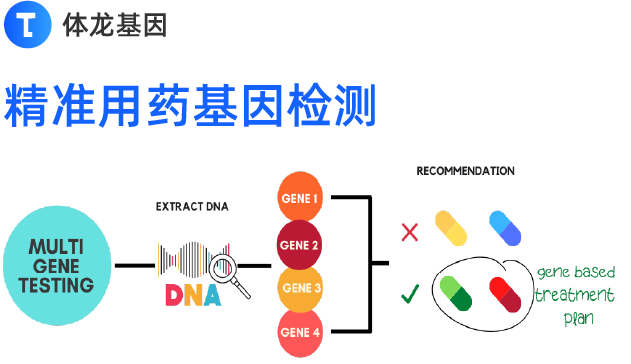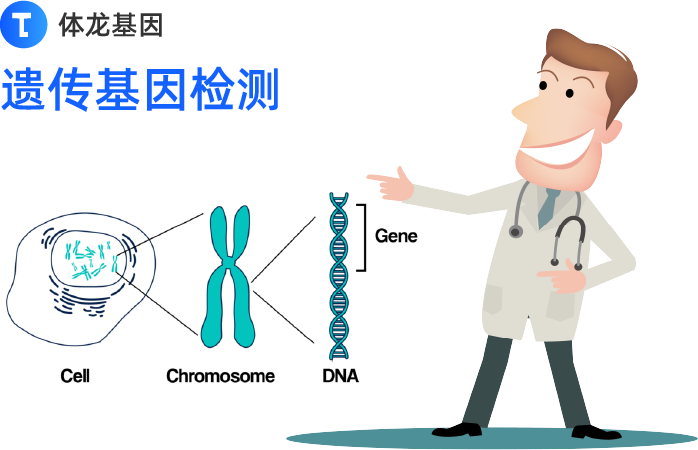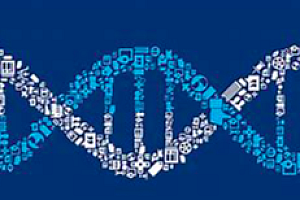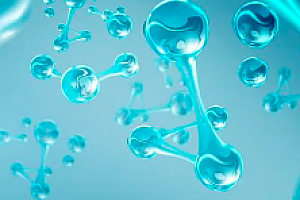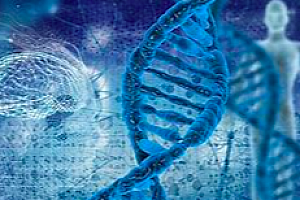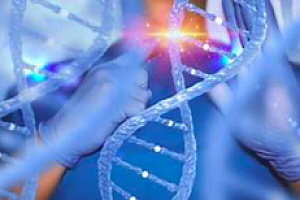细菌能够迅速进化为使自己适应环境的变化。当“环境” 是一个感染宿主的免疫反应时,这种进化可以使无害的细菌变成威胁生命的病原菌。发表在12月12日的PLOS Pathogens杂志上的一项研究,深入探讨了这一过程是如何发生的。
葡萄牙Gulbenkian de Ciencia 研究所的Isabel Gordo和同事们,首次设计了一套实验系统,来观察和研究细菌与哺乳动物细胞免疫系统相遇时做出的反应。他们发现,在不到500个世代(或30天)内,细菌变得更加耐受被免疫细胞杀死,而且获得了导致小鼠疾病的能力。
Isabel Gordo 说:“大肠杆菌(Escherichia coli)表现出惊人的多样性:它们很多是良性的共生细菌,但是有一些是致命的病原菌。据认为,很多引起人类疾病的大肠杆菌菌株,都是从共生菌株进化而来。我们认为,这种“实验进化”(experimental evolution),将是直接观察大肠杆菌从共生菌过渡到病原菌的一些步骤的强大工具。”
在研究中,科学家们最初研究了不断面临巨噬细胞的良性大肠杆菌,巨噬细胞是我们免疫系统的一部分,能吞没和消化细菌。他们在一个液体培养物(盛有营养性液体培养基的玻璃瓶)中,培育了细菌和巨噬细胞的混合物。他们每天一次稀释这个混合物,每隔一天就取细菌样本作进一步分析。作为对照,他们培育、稀释和分析了没有巨噬细胞混合的来自相同祖先菌株的细菌。
从第四天,已经暴露巨噬细胞的细菌,开始在其表型(外观)表现出变化,而这些变化在对照组中从来没有被观察到。由巨噬细胞的存而强加的选择性压力,引起了细菌的变化,这些变化在六个独立实验系列中都能被持续观察到。这些变化会影响细菌的表型(利用新的变异体形成“小的菌落”或“粘液样菌落”)、它们的适合度和遗传构成。
当科学家们更仔细地考虑新的变异体细菌和巨噬细胞之间的关系时,他们发现,与原始菌株相比,小的菌落变异体更加耐受巨噬细胞的消化,粘液样变异体不太可能被吞噬。当他们用粘液样变异体细菌感染小鼠时,他们也发现变异体引起小鼠疾病的能力提高。
科学家们说:“我们证明,大肠杆菌在几百代内,就能使自己适应于更好地抵抗巨噬细胞,具有与病原菌形态和特征相似的菌落迅速出现。”
研究结果表明,这种致病适应性突变过程(pathoadaptive process),是由一种机制驱动,这种机制涉及一个单一专座因子插入到大肠杆菌yrfF基因的启动子区。而且,IS186因子转座到Lon基因(编码一个ATP依赖丝氨酸蛋白酶)启动子,有可能会加速这个致病性适应性突变过程。如一个数学模型(再现了实验观察到的大肠杆菌毒性进化的动力学)所示,携带不同有益突变的菌落之间的竞争,控制着这个致病性适应性突变过程的动态。最终,研究者指出了一种分子机制,能够解释宿主先天免疫的一个特殊成分如何能调节微生物致病性进化。
原文摘要:
The Genetic Basis of Escherichia coli Pathoadaptation to Macrophages
Abstract:Antagonistic interactions are likely important driving forces of the evolutionary process underlying bacterial genome complexity and diversity. We hypothesized that the ability of evolved bacteria to escape specific components of host innate immunity, such as phagocytosis and killing by macrophages (MΦ), is a critical trait relevant in the acquisition of bacterial virulence. Here, we used a combination of experimental evolution, phenotypic characterization, genome sequencing and mathematical modeling to address how fast, and through how many adaptive steps, a commensal Escherichia coli (E. coli) acquire this virulence trait. We show that when maintained in vitro under the selective pressure of host MΦ commensal E. coli can evolve, in less than 500 generations, virulent clones that escape phagocytosis and MΦ killing in vitro, while increasing their pathogenicity in vivo, as assessed in mice. This pathoadaptive process is driven by a mechanism involving the insertion of a single transposable element into the promoter region of the E. coli yrfF gene. Moreover, transposition of the IS186 element into the promoter of Lon gene, encoding an ATP-dependent serine protease, is likely to accelerate this pathoadaptive process. Competition between clones carrying distinct beneficial mutations dominates the dynamics of the pathoadaptive process, as suggested from a mathematical model, which reproduces the observed experimental dynamics of E. coli evolution towards virulence. In conclusion, we reveal a molecular mechanism explaining how a specific component of host innate immunity can modulate microbial evolution towards pathogenicity.
(责任编辑:labweb)



